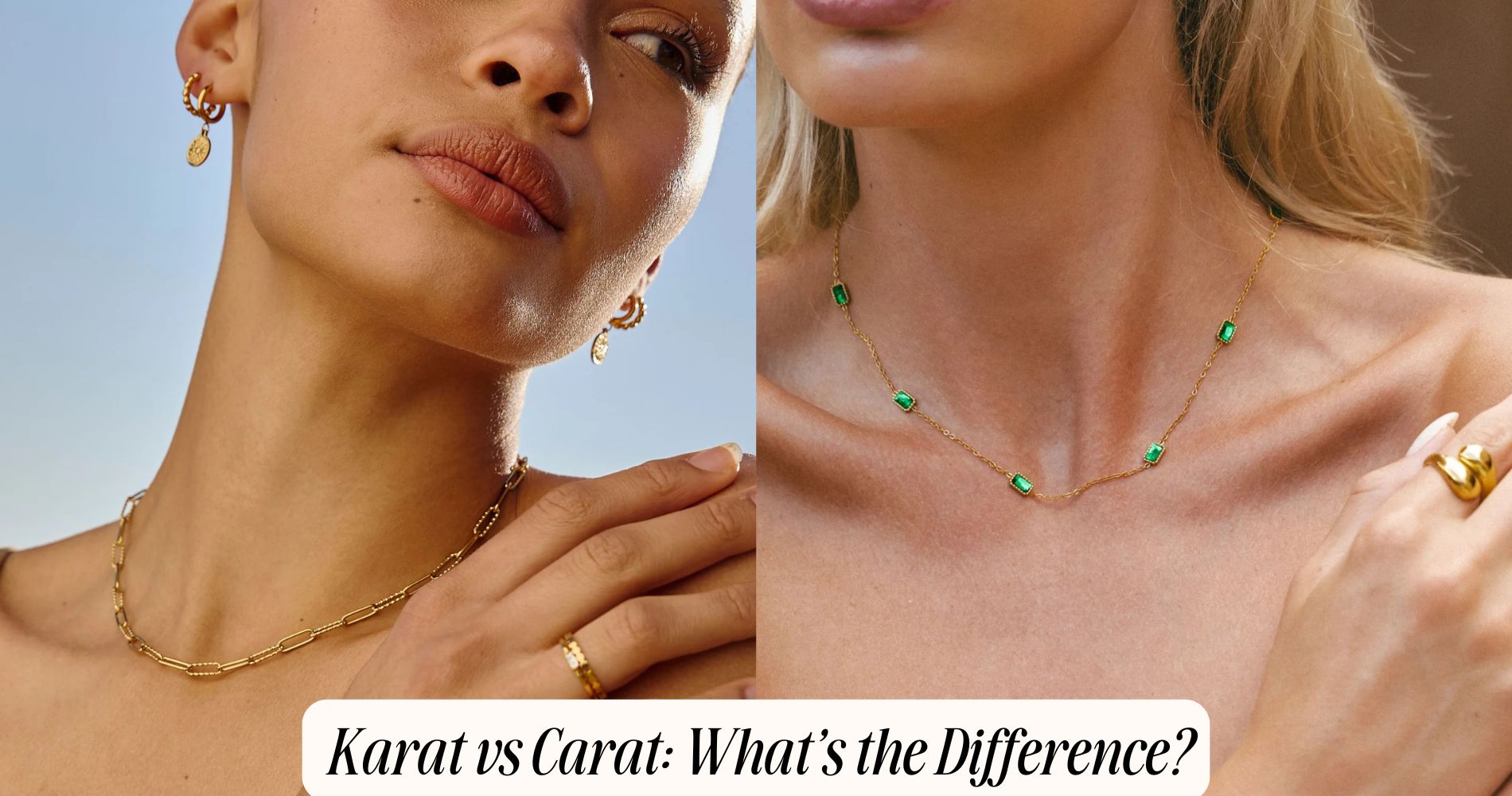
Karat Vs Carat: What's the Difference?
Understanding karat vs carat is essential for making informed jewelry choices. While "karat" measures the purity of gold—with 24 karats indicating pure gold and lower karats showing a mix of other metals—"carat" refers to the weight of gemstones, with one carat equaling 200 milligrams. Larger gemstones are rarer and often more expensive per carat. Grasping the difference between these terms empowers you to make smarter buying decisions, whether you're drawn to timeless gold pieces or exploring our waterproof jewelry collection for stylish, long-lasting options.
Understanding Karat
When it comes to understanding karat, it's vital to recognize that this term specifically relates to the purity of gold. The karat measurement indicates how much pure gold is contained in a piece of jewelry or other gold item. Pure gold is defined as 24 karats, meaning that all 24 parts of the alloy are gold.
As you lower the karat, you're incorporating more non-gold metals into the alloy, which affects both the value and durability of the item. For instance, an 18-karat gold piece contains 18 parts gold and 6 parts other metals, making it 75% pure.
This mixture often enhances the gold's strength and alters its color, resulting in various gold alloys like white gold or rose gold. Understanding these distinctions is essential when you're purchasing jewelry, as higher karat gold typically commands a higher price due to its increased gold content.
Thus, knowing the karat measurement not only informs you about the purity but also helps you make informed decisions based on your preferences for quality, appearance, and budget.
Understanding Carat
Understanding carat is key when evaluating gemstones, particularly diamonds. Carat is a unit of weight, equal to 200 milligrams, and it's essential in determining a diamond's value. The carat significance lies in how it affects pricing and desirability; larger diamonds often command higher prices due to their rarity.
However, weight isn't the only factor that influences value. When examining a diamond, you must also consider gemstone clarity, which refers to the presence of internal or external flaws. A diamond with higher carat weight but poor clarity may not be as valuable as a smaller diamond with exceptional clarity.
This means that two diamonds of the same carat weight can have vastly different values based on their clarity and overall appearance.
Key Differences Explained
When comparing karat and carat, it's crucial to grasp their distinct definitions.
Karat measures the purity of gold, while carat quantifies the weight of gemstones.
Understanding these differences will help you make informed decisions when purchasing jewelry.
Definition of Karat
Karat's significance in the jewelry world lies in its measurement of gold purity, indicating how much pure gold is contained in an alloy. This measurement system is essential for understanding the quality of gold jewelry you might consider purchasing.
In the karat system, pure gold is defined as 24 karats, meaning that if a piece of jewelry is labeled as 18 karats, it consists of 18 parts gold and 6 parts other metals, making it 75% pure.
Karat serves as a standard for gold measurement that helps you differentiate between various qualities of gold. As you explore jewelry options, knowing the karat value can guide you in choosing items that align with your preferences for purity and durability.
Keep in mind that lower karat gold, such as 10 or 14 karats, may contain more alloyed metals, which can enhance durability but may also affect the color and hypoallergenic properties.
In contrast, higher karat options, like 22 karats, offer a richer gold hue but are softer and more prone to scratches. Understanding these nuances enables you to make informed decisions when selecting jewelry crafted from precious metals.
Definition of Carat
Carat, often confused with karat, refers specifically to the weight of gemstones and pearls. One carat equals 200 milligrams, making it a standard unit for measuring precious stones.
When you're looking at gemstone grading, the carat weight plays a critical role in determining a stone's value. Larger stones are rarer, meaningfully affecting their price per carat.
It's important to note that carat weight doesn't directly correlate with size, as the gem's cut and shape can influence its perceived dimensions. For example, a well-cut diamond can appear larger than a poorly cut one of the same carat weight.
In contrast, karat measures the purity of gold alloys, indicating how much of the material is pure gold versus other metals. This distinction is essential when purchasing jewelry, as the carat weight of a gemstone in a piece can impact its overall value and appeal.
Understanding these definitions allows you to make informed decisions, whether you're buying gemstones or evaluating jewelry.
Importance of Purity in Gold
Understanding gold purity standards is essential for evaluating the value of your gold investments.
The purity level directly impacts its market price, so knowing how to test gold purity effectively can save you from potential losses.
Let's explore these aspects to guarantee you make informed decisions.
Gold Purity Standards Explained
When it comes to investing in gold, knowing the purity standards is vital for making informed decisions. Gold purity is typically measured using karats, which denote the proportion of pure gold in an alloy. Pure gold is 24 karats, meaning it contains 99.9% gold content.
However, since pure gold is soft and malleable, it's often alloyed with other metals to enhance durability. These gold alloys can vary widely, affecting both appearance and strength. Common alloys include copper and silver, which can create different hues, such as rose or white gold.
Understanding the purity scales is important, as it helps you assess the quality of the gold you're considering. For instance, 18 karat gold contains 75% gold and 25% other metals, while 14 karats reflects a 58.3% gold content.
Lower karat values like 10 karats signify even less purity, at 41.7%. As a result, when you evaluate gold for investment or jewelry, always check the karat mark to understand the purity level.
This knowledge not only aids in making wise purchases but also guarantees you're investing in quality gold that meets your standards.
Effects on Value
The value of gold is greatly influenced by its purity, which is expressed in karats. When you're evaluating the value of gold, higher karat numbers indicate a higher purity level, making the gold more desirable and valuable. For example, 24-karat gold is considered pure, while 14-karat gold contains a mix of other metals. This difference in purity directly impacts its market price.
In your value evaluation, you should consider how market fluctuations affect gold prices. During economic uncertainty, gold often sees increased demand as a safe-haven asset, which can elevate its value considerably. However, the purity of gold becomes a vital factor; buyers typically prefer higher purity levels, which can drive prices up further.
Moreover, when you're buying or selling gold, understanding how purity affects value helps you make informed decisions. A piece of jewelry made with 18-karat gold will fetch a different price than one made with 10-karat gold, even if both pieces look similar.
Testing Gold Purity Methods
Determining the purity of gold is essential for both buyers and sellers, as it directly influences value and marketability. You'll encounter various gold testing methods, each with its pros and cons. The most common approach is acid testing, where specific acids react with gold alloys to indicate purity levels. This method is straightforward but can be damaging to the piece.
For more precise purity assessment, fire assay is the industry standard, offering highly accurate results by melting the gold sample. However, it's more time-consuming and requires specialized equipment.
Another modern method is XRF analysis, which uses X-ray fluorescence to reveal the gold content without damaging the item, making it suitable for hallmark verification.
Electronic testers are also gaining popularity for their speed and ease of use, though they may not always be as accurate.
When considering karat conversion, remember that higher karat numbers indicate greater purity. Familiarizing yourself with these assay methods helps you make informed decisions about gold purchases and sales, ensuring that you understand the quality of the gold alloys in your possession.
Importance of Weight in Gemstones
In the world of gemstones, weight plays a crucial role in establishing both value and desirability. When evaluating a gemstone, you'll often encounter the term "carat," which reflects its weight. However, it's important to understand that carat weight alone doesn't determine a gemstone's worth.
Gemstone density considerably impacts how weight is perceived. A denser gemstone, like a diamond, appears smaller than a less dense gemstone, such as an amethyst, when both weigh the same. This difference can affect your perception of value; you might assume the lighter stone is less valuable simply because it appears larger.
Moreover, weight carries implications for rarity. Larger gemstones are often more sought after, driving up prices due to their scarcity. As you navigate the market, you'll notice that buyers tend to favor stones that offer a substantial carat weight, often overlooking the importance of quality and clarity.
Ultimately, understanding the relationship between weight and gemstone density can enhance your appreciation for these beautiful stones. You'll find that a well-balanced perspective on weight perception and quality will lead you to make more informed choices in your gemstone endeavors.
Tips for Buyers
Steering through the gemstone market can be intimidating, but arming yourself with knowledge can greatly enhance your buying experience. Start by developing effective shopping strategies. Research the types of gemstones you're interested in, focusing on their karat weight and quality. Understanding these elements will help you make informed decisions and avoid overpaying.
Next, prioritize buyer awareness. Know the difference between karat (used for gold) and carat (used for gemstones). This distinction is vital when evaluating the value of what you're purchasing. Look for certifications from reputable gemological laboratories, as these documents provide confirmation regarding authenticity and quality.
When comparing prices, don't hesitate to gather multiple quotes. This enables you to spot discrepancies and guarantees you're getting a fair deal. Always ask about the return policy and warranty; reputable sellers should offer clear, customer-friendly policies.
Lastly, trust your instincts. If something feels off about a deal or the seller, consider walking away. Your comfort and confidence are paramount in making a significant purchase.
Frequently Asked Questions
Can Karat and Carat Be Used Interchangeably?
You can't use karat and carat interchangeably. In jewelry terminology, karat measures gold purity, while carat indicates gemstone weight. Understanding these distinctions helps you make informed choices when purchasing jewelry or evaluating gemstones.
How Do Karat and Carat Affect Resale Value?
Karat and carat greatly influence resale value. Higher karat gold often commands better prices due to purity, while carat weight in gemstones affects market demand. Understanding these resale factors can help you make informed investment decisions.
Are There Different Types of Karat Measurements?
Yes, there are different types of karat measurements. You'll find 24-karat denotes pure gold, while lower karats indicate the presence of other metals. Understanding karat purity helps you assess quality and value in your purchases.
What Are Common Misconceptions About Karat and Carat?
You might believe karat and carat mean the same, but that's a common misconception. Karat refers to gold purity, while carat measures gemstone weight. Understanding these distinctions can help you avoid carat myths and make informed choices.
How Do I Choose Between Karat and Carat Jewelry?
When choosing jewelry, consider gold quality by checking karat ratings for purity, while evaluating diamond grading through carat weight, clarity, and cut. Balancing these factors guarantees you make an informed, satisfying purchase tailored to your preferences.
Conclusion
In conclusion, distinguishing between karat and carat is essential for making informed purchasing decisions. Karat measures gold purity, while carat assesses gemstone weight. Understanding these differences helps you appreciate the value of your jewelry better. Prioritizing purity in gold and weight in gemstones can enhance your buying experience. With this knowledge, you're equipped to choose wisely, ensuring your investments reflect both quality and beauty. Remember, informed choices lead to satisfaction in your jewelry selections.









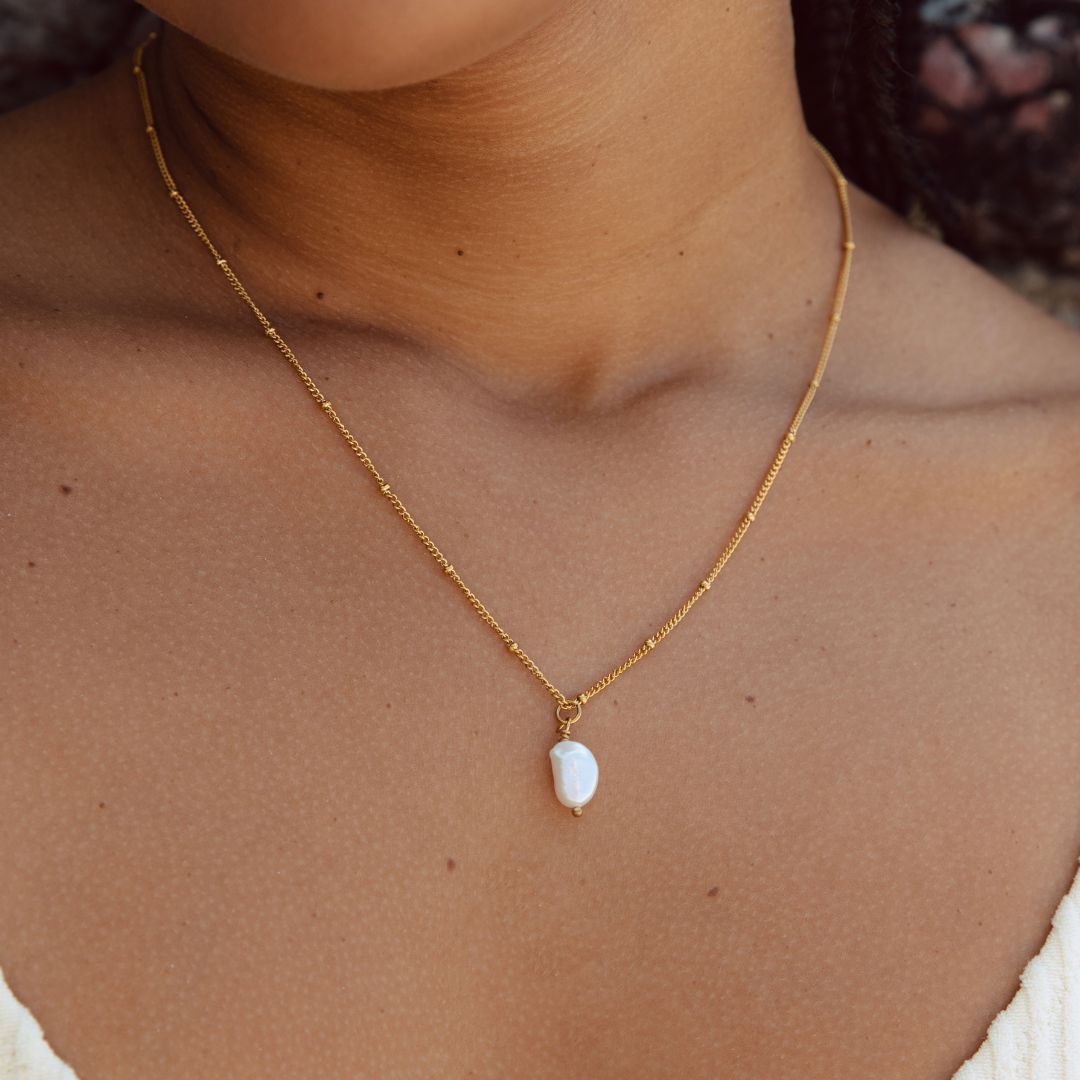


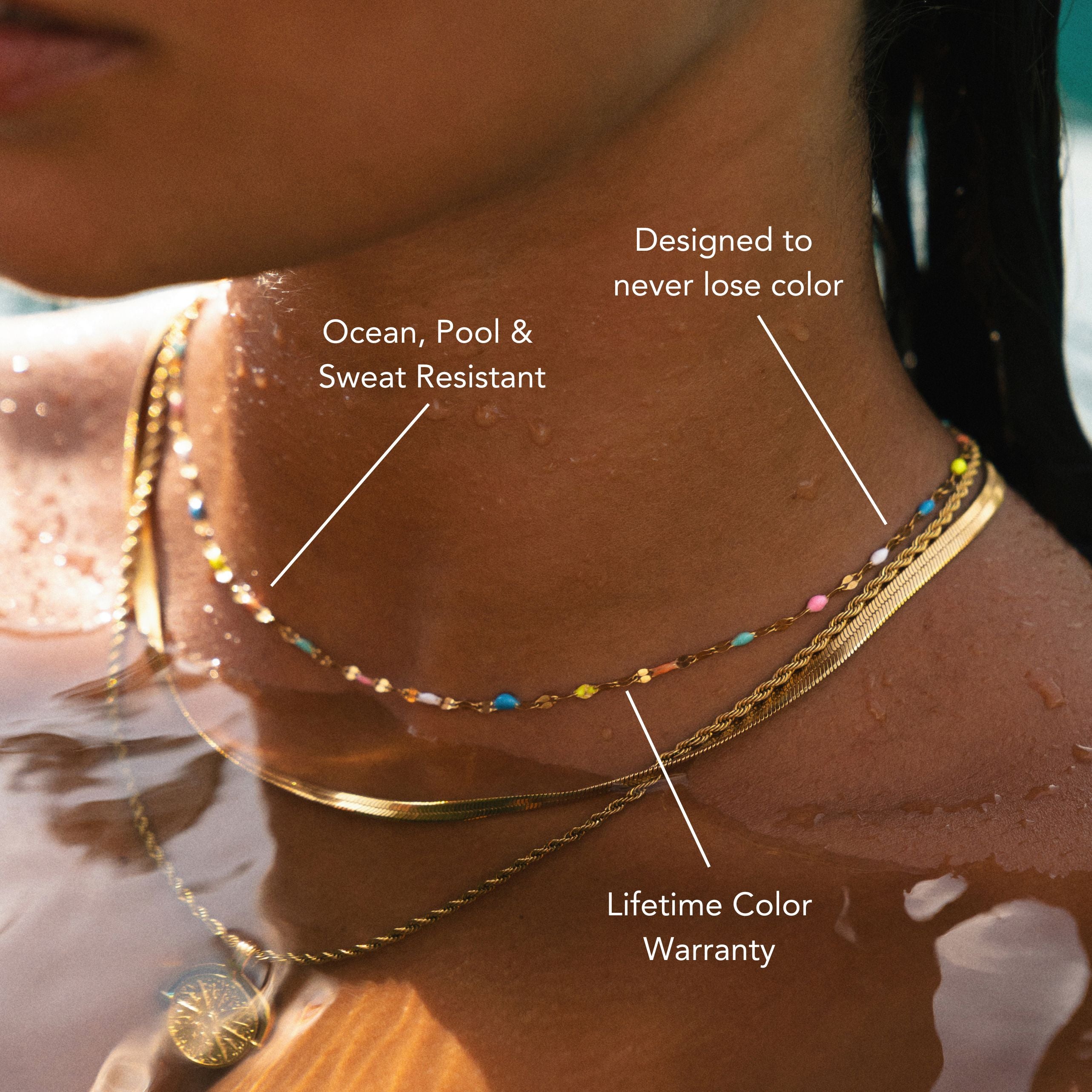
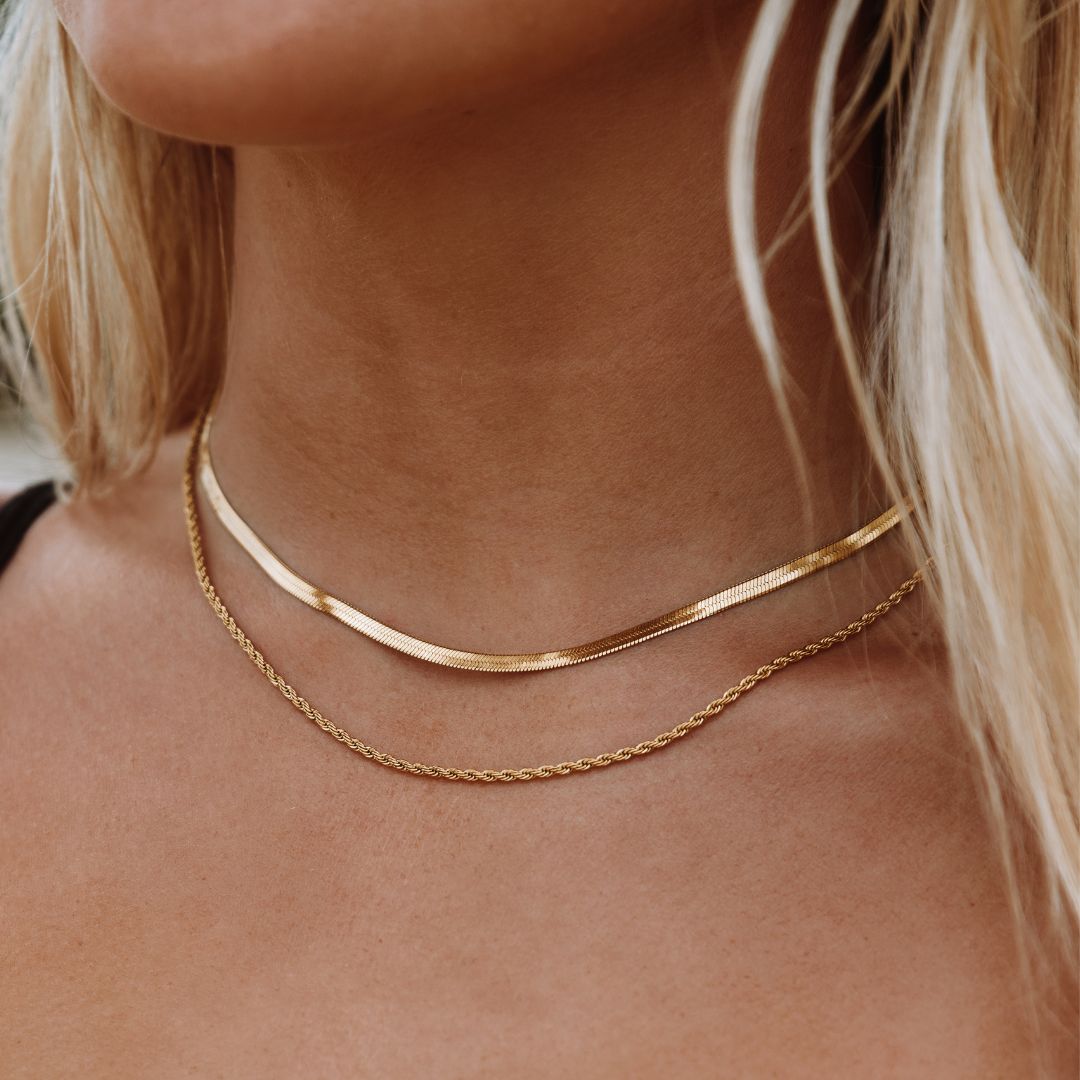






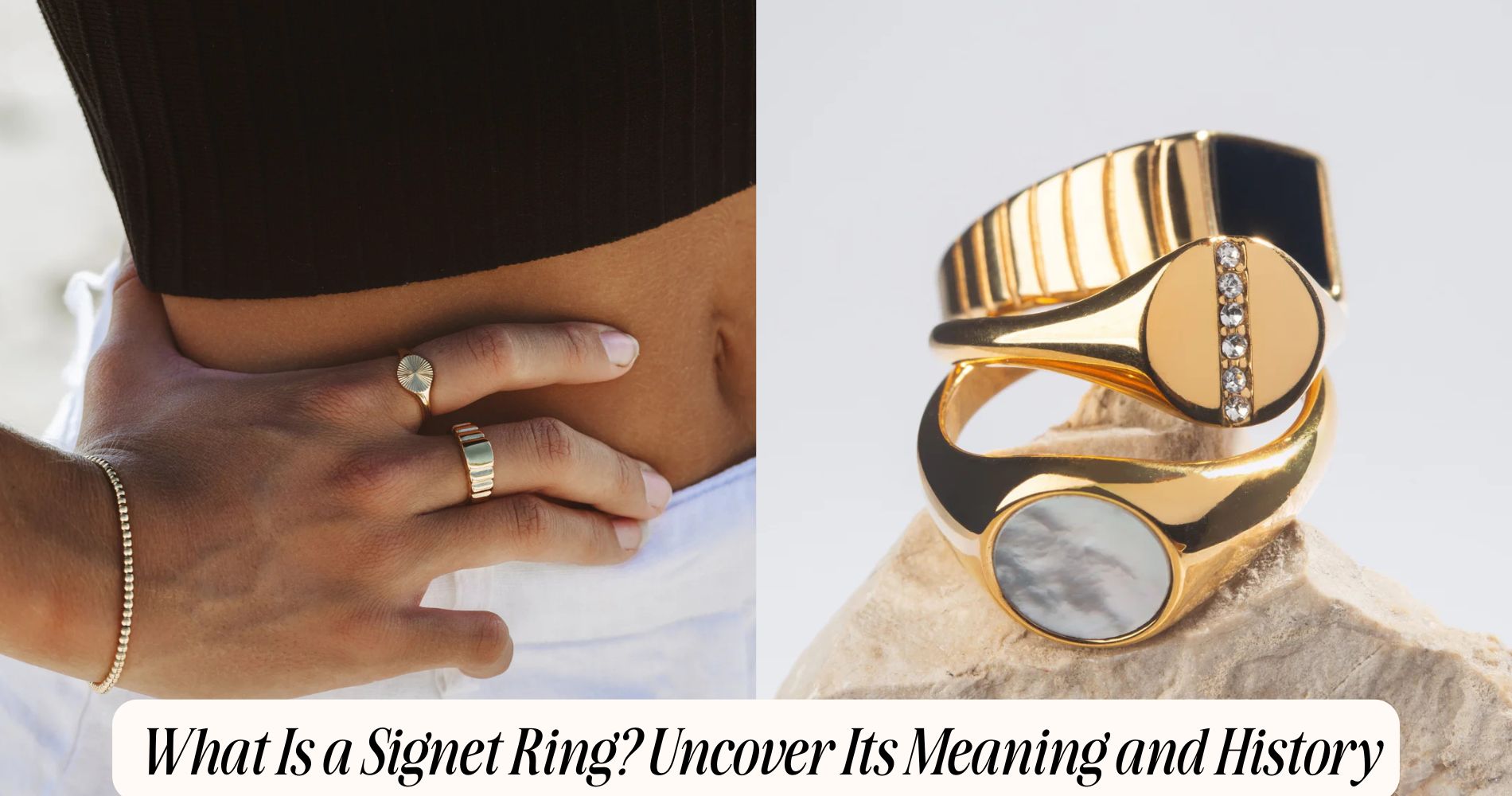




Leave a comment
This site is protected by hCaptcha and the hCaptcha Privacy Policy and Terms of Service apply.